
While we can’t get any official confirmation on the fly past, the F-35B will travel to the UK make its first flight outside of the United States and most sources now claim it’s going to happen.
The F-35 Lightning II will make its international debut in July at the Royal International Air Tattoo in Fairford and in the same month will also fly at the Farnborough International Air Show. The selection of 2 UK airshows demonstrates the significant role that Britain has in the programme.
It should be noted that 40% of each F-35B is UK production content and that around 15% of every aircraft sold globally will be built in the UK. The programme at its peak is expected to sustain 24,000 jobs and bring anywhere between £1 billion and £2 billion to the UK economy annually.
Furthermore as if that wasn’t enough, it has now been confirmed that HMS Illustrious will be berthing in Number 2 Dock at Rosyth, the dock adjacent to the Queen Elizabeth where her crew will reportedly be able to watch the ceremony and fly past. This recreates a quite famous computer generated image shown at the top of this article.
HMS Queen Elizabeth is to be commissioned in early 2017, with F-35 flights beginning in 2018 and full operational capability from 2020. The vessels will be the largest surface warships ever constructed for the Royal Navy and will represent a significant increase in capability. The vessels will be utilised by all three services of the UK Armed Forces and will provide eight acres of sovereign territory. Both ships will be versatile enough to be used for operations ranging from high intensity conflict to providing humanitarian aid and disaster relief. The class will have increased survivability as a result of the separation and distribution of power generation machinery throughout each ship.
The class has been designed with twin islands, which separates the running of the ship from the flying operations resulting in greater visibility of flying operations. The splitting of the islands improves survivability by offering backup either way in case of emergency, and the two smaller islands allow for a second central deck edge lift.
Surprisingly for their sheer scale, each ship will only have a total crew of 679, only increasing to the full complement of 1,600 when the air elements are embarked. This is made possible by extensive automation of many systems.

They will be completed in a Short Take-Off and Vertical Landing (STOVL) configuration, deploying the Lockheed Martin F-35B, that simply means they’ll use a ramp to launch aircraft rather than a catapult. The ships will be 280 metres long and have a Tailored Air Group (TAG) of up to forty aircraft though are capable of carrying up to sixty in extreme or surge conditions. The cost of the programme is around £6.2 billion.
Tabloids often like to quote 12 as the maximum number of F-35B’s the carrier will be able to carry, however this, as you probably know, is nonsense. The carriers, in peacetime, will usually deploy with 12 F-35B’s as a minimum and a number of various helicopters.
In an effort to reduce costs and free aircraft for other commitments, the maximum aircraft complement will not usually be carried in peacetime training and operating, it instead will be supplied as required or deployed to the vessels in the event of a crisis. Rather than funding a large and permanent Carrier Air Group, the relatively new concept of a TAG rather than fixed Carrier Air Group will be adopted for the Queen Elizabeth class with the exact types and numbers of aircraft embarked being adjusted to meet mission requirements and threats. I don’t see there being much call for 36 F-35B’s if delivering humanitarian aid, do you?
Britain, as one of the world’s major trading nations with global interests and overseas territories to protect, clearly does need aircraft carriers and I cannot stress the utility that the versatility that the Queen Elizabeth class will bring as power projection tools due to their ability to operate as helicopter platforms, strike carrier and anything in-between.


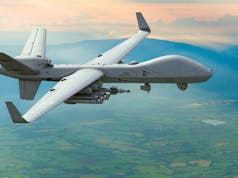
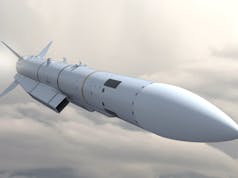


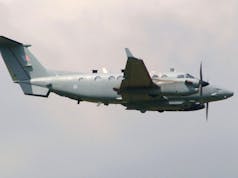
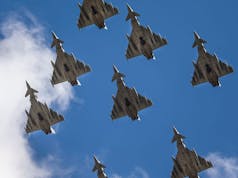

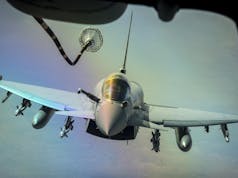
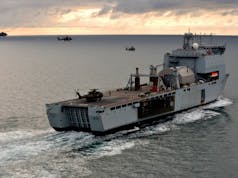
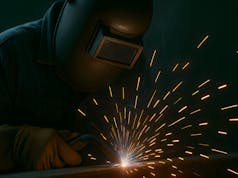

INTERESTING DETAIL FOR CONSIDERATION A CATAPULT SYSTEM FOR THE NEW U.S CARRIER GERALD FORD COSTS £102 MILLION, CANCEL 2 F35’S AND FIT TO Q.E AND P.O.W?